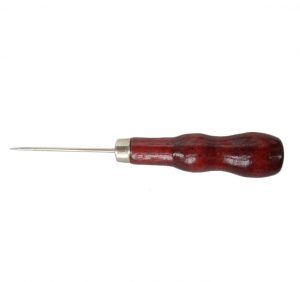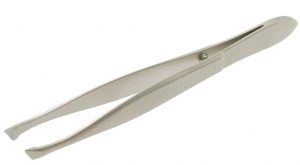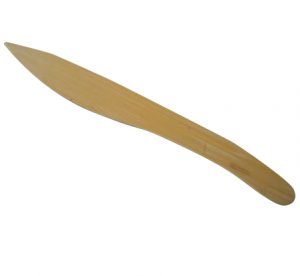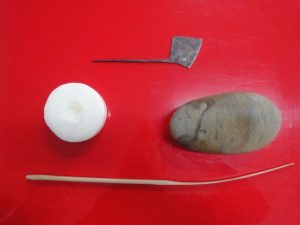Galleries & stories, Xuan papers & brushes, Sheyan inkstones, Old Hu Kai Wen inks, JingdeZhen art ceramics Largest range online at fair workshop prices.. -- also in Spanish -- también en Español https://www.inkston.com/es/ --
Sunday, July 30, 2017
Saturday, July 29, 2017
Tuesday, July 18, 2017
Puzzle Pictures
Slide the tiles to make the picture: click on the tiny pictures below to change the picture. You can also see and zoom the big picture underneath.
This is a version of the very annoying 8 puzzle, it might look like it’s impossible to solve but actually it’s been programmed that it is always solvable.
Puzzle Pictures
Slide the tiles to make the picture: click on the tiny pictures below to change the picture. You can also see and zoom the big picture underneath.
This is a version of the very annoying 8 puzzle, it might look like it’s impossible to solve but actually it’s been programmed that it is always solvable.
Friday, July 14, 2017
Mounting Materials and Tools
This is a short guide to tools and materials for traditional wet mounting, to see the full process in action try this video from the British Museum:https://www.youtube.com/watch?v=t8_jZtq-p5Q.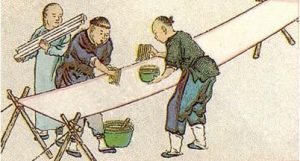
Mounting: Materials
- Alum Powder: high grade fine alum powder. It is used to wash paintings and make mounting glues.
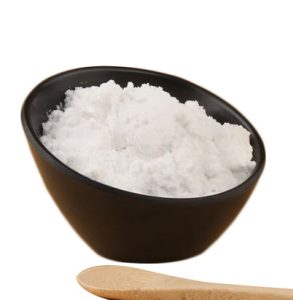
- Supporting Paper 托纸: in fact this is also Xuan paper. Since there are many types of Xuan papers, the type of supporting paper is up to the type of Xuan paper which is used for the painting.
- Glue: it is made with flour and alum. Also, in order to ward off mould etc, you can also add some antibiotic agent in the flour when making the glue.
- Silk fabrics, paper: these special fabrics or papers are used to decorate the mounting. These fabrics have two sides and you need to be careful to choose the outside of the fabric to mount. To be specific, theses fabrics are,
–- 锦 Jin: A special thick type of ‘silk’. In fact, this fabric is not pure silk. It is silk with polyester. Therefore, the price is very affordable too.
–- 绫 Ling: it is not as thick as Jin 锦. Normally the pattern is either clouds or animals. It is common to use plain colours of Ling. For example the colour can be white, beige, and light grey. Such fabric is very fragile. As a result of this, remember to avoid scratching it. When it is necessary, you can only gently remove the dust with duster.
–- 绢 Juan: it is thin and strong and it is mostly pure silk. Unlike other fabrics, either side of Juan silk can be ok for mounting.
–- 纸 Mounting Paper: traditionally, people used Pi paper to replace expensive special mounting paper. However, nowadays due to the production improvements, it is affordable to use special mounting papers. For normal paintings, you can choose normal machine made mounting papers; for valuable art works and ancient paintings, it is still recommended to use expensive handmade mounting papers.
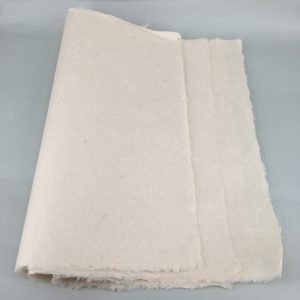
Mounting: Tools
Table:
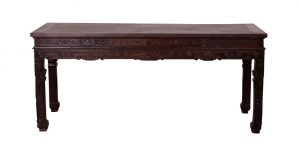
- Table height is up to the height of the person who is going to do the mounting work. In China the recommended table height is 80cm. In Europe and North America, the table may be higher.
- Table surface should be flat. The size of the table is up to the size of the painting which you plan to mount. However, normally the bigger the table is the better.
- Table Colour should be dark. In order to help detect the details, it is very important to make the table painted in dark colour so that it can create big colour contrast when mounting painting which is done on white paper. The popular colour for mounting table in China is dark red.
Mounting Wall:

The purpose of preparing a flat mounting wall is to hang painting. Therefore, as long as it is flat it is good. You can hang a piece of flat wood on flat wall in your house. Or, you can reuse a wooden door.
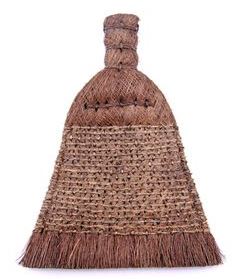
Palm Brush 棕刷(排刷):
One big size palm brush and two small size palm brushes are needed. The big brush is used to apply water on painting; one small brush is used to apply glue while the other small brush is used to flatten the painting and get rid of the bubbles between papers by brushing the paper surface. It is very important to keep these brushes clean and dry.
The new palm brush should not be used directly to mount paintings. It needs special treatment. First boil the new palm brush in soda water to get rid of the chemicals on palm barks. Then use #4 sandpaper to polish the brush edge so that the brush would not break the painting during mounting.
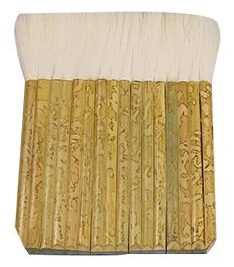
Wool Brush 排笔:
This is a special wide wool brush made from 18 long-pointed wool brushes and used to apply mounting glue.
Before use it is recommended to rinse the new wool brush with alum water.
After use, as with any brush, remember to clean and dry the brush after using it.

Feather Duster:
The duster is used to get rid of the bubbles between papers and also clean duster, extra water drops. In China, the traditional feather duster is made of chicken feather. If this type of duster is not available, you can also find plastic duster easily in local supermarket.
Several different shapes of knives are needed for mounting. Refer to the photos below.
Awl:
There are many awls available in market but a comfortable one specially made for mounting purpose might be difficult to find. Therefore, you can make one yourself at home. Find the largest size, of around 7 to 10 cm length, sewing needle you can find at home. Then use paper to wrap the needle carefully with glue till the size of the needle handle is comfortable for you.
It is not used often. The main function of tweezers in mounting is to remove small any lint or hair.
It is a blunt blade bamboo knife which is designed to help remove the painting from the mounting wall or mounting table. If you cannot find a proper one, you can also make one at home with a piece of fine bamboo and then polish the bamboo extremely well so that it would not break the painting.
Wooden Frame 尺板:
It is a long piece of wood tool with the same shape as ruler. The standard size is around 5 * 150 to 200 cm. The purpose of this tool is to help fold, cut, and stabilise the paper. Therefore, you can either make such tools at home or find similar tool in your local supermarket.
A piece of thin flat wood or plastic surface 裁板:
it is used to lay beneath the mounting paper/ silk when cutting the materials in order to protect the mounting table from being scratched.
Rolling Pin:
The popular size in China is 3 to 4 cm diameter, 66 cm length.
In China people look for big size stone and polish on size of to make it flat. You can find such tool available in special Chinese art shops. However, according to inkston’s experience, it is not easy to find a proper one in market. Therefore, we would simply recommend you to use fine paperweight which you use for painting. If you are professional mounting craftsmen, we would still suggest you to make such stone yourself.
Wax:
Wax is used on the back size of the painting to protect the painting from moths and moulds and humidity. The popular wax used in China is a special white wax from SiChuan province 四川.
Strings, tapes, wood parts.
Besides materials listed above, there are also other small tools you might need for mounting.
Visit Mounting Accessories Shop
Mounting Awl
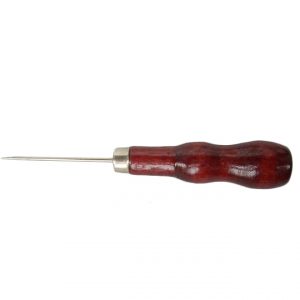 $2.00 (USD)
$2.00 (USD)
$2.00 (USD)
Brand: inkston
Materials: Metal, Wood
Recommend to: Advanced Level, Medium Level, Professionals
Suitable for: Mounting
Product Size: 12.5 x 1.5 x 1.5 cm
Product Weight: ,,
Mounting Awl
$2.00 (USD)
Add
Mounting Brush
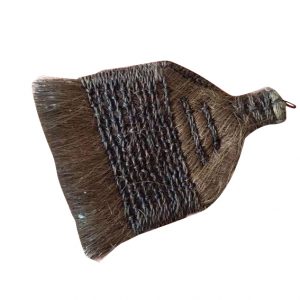 Note: please read the article about mounting, it is highly recommended to boil the brush and sandpaper the edge before use.$9.00 – $11.00 (USD)
Note: please read the article about mounting, it is highly recommended to boil the brush and sandpaper the edge before use.$9.00 – $11.00 (USD)
$9.00 – $11.00 (USD)
Brand: inkston
Materials: palm tree barks
Recommend to: Advanced Level, Medium Level, Professionals
Suitable for: Mounting
Size: S, M, L
Mounting Brush
$9.00 – $11.00 (USD)
Choose
Mounting Paper – Cotton Xuan
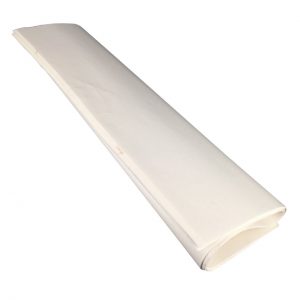 This mounting paper is made with Xuan paper and cotton. The thickness is similar to thick double layer or triple layer Xuan paper. Price is for a roll of paper 85cm wide and 5m long, suitable for mounting full size works (eg our Plus size 70cm wide, 135 long). The overall size of paper (surface area around 42.5m2) is equivalent…$36.00 (USD)
This mounting paper is made with Xuan paper and cotton. The thickness is similar to thick double layer or triple layer Xuan paper. Price is for a roll of paper 85cm wide and 5m long, suitable for mounting full size works (eg our Plus size 70cm wide, 135 long). The overall size of paper (surface area around 42.5m2) is equivalent…$36.00 (USD)
$36.00 (USD)
Brand: inkston
Materials: Cotton, Qing Tan, Rice Straw
Packaging: Roll
Recommend to: Advanced Level, Medium Level, Professionals
Suitable for: Mounting
Product Size: 85 x 5000 x 0.1 cm
Mounting Paper – Cotton Xuan
$36.00 (USD)
Add
Mounting Silk
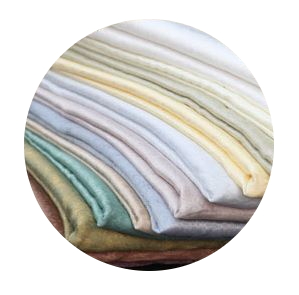 This is a customizable product: when you check out you can add notes or picture to let us know the colour/design you are interested in and we will source it for you.$36.00 (USD)
This is a customizable product: when you check out you can add notes or picture to let us know the colour/design you are interested in and we will source it for you.$36.00 (USD)
$36.00 (USD)
Brand: inkston
Materials: Cotton, Polyester, Silk
Recommend to: Advanced Level, Medium Level, Professionals
Suitable for: Mounting
Product Size: 940 x 85 cm
Mounting Silk
$36.00 (USD)
Add
Mounting Spatula
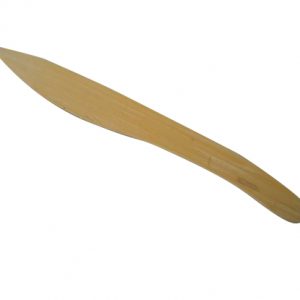 This tool is made specially with fine bamboo. The blade is blunt. It is used to help lift and separate paper during mounting.$5.00 (USD)
This tool is made specially with fine bamboo. The blade is blunt. It is used to help lift and separate paper during mounting.$5.00 (USD)
$5.00 (USD)
Brand: inkston
Materials: Bamboo
Recommend to: Advanced Level, Medium Level, Professionals
Suitable for: Mounting
Product Size: 2.5 x 23 cm
Mounting Spatula
$5.00 (USD)
Add
Mounting String
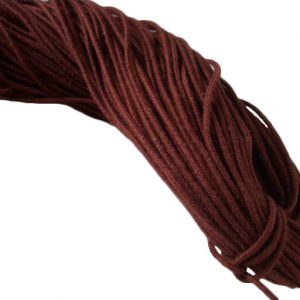 $8.00 (USD)
$8.00 (USD)
$8.00 (USD)
Brand: inkston
Materials: Polyester
Recommend to: Advanced Level, Medium Level, Professionals
Suitable for: Mounting
Product Size: 850 cm
Product Weight: ,,
Mounting String
$8.00 (USD)
Add
Mounting Wool Brush
 This is a special wide wool brush made from 18 long-pointed wool brushes and used to apply mounting glue.$9.00 (USD)
This is a special wide wool brush made from 18 long-pointed wool brushes and used to apply mounting glue.$9.00 (USD)
$9.00 (USD)
Brand: inkston
Materials: Bamboo, Wool
Recommend to: Advanced Level, Medium Level, Professionals
Suitable for: Mounting
Product Size: 9 x 10.5 x 0.7 cm
Product Weight: ,,
Mounting Wool Brush
$9.00 (USD)
Add
Wenzhou Pi Paper 皮纸
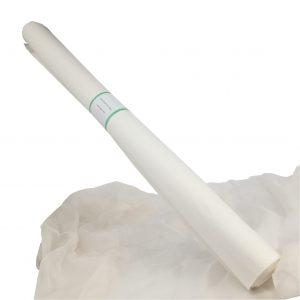 This is a roll of Mulberry paper 46cm wide and 2.5m long, this is suitable for painting and calligraphy in its own right and also for use as mounting paper for works on half width Xuan paper (eg 35cm wide, 135 long).$26.00 (USD)
This is a roll of Mulberry paper 46cm wide and 2.5m long, this is suitable for painting and calligraphy in its own right and also for use as mounting paper for works on half width Xuan paper (eg 35cm wide, 135 long).$26.00 (USD)
$26.00 (USD)
Brand: inkston
Materials: Mulberry bark
Recommend to: Advanced Level, Beginners, Medium Level, Professionals
Suitable for: Calligraphy, Chinese Painting, Mounting
Product Size: 46 x 2500 cm
Product Weight: 3200
Wenzhou Pi Paper 皮纸
$26.00 (USD)
Add
* Reference: page 4 – 9, 图说中国书画装裱‘Chinese Mounting Guide with Photos’, Yan Gui Rong 严桂荣, Shanghai People’s Art Publishing House, edition 1, January, 2016.
Thursday, July 13, 2017
Inkstone Buyers Guide
This is a guide to the types of stone and how to buy them, for general introduction and workshop pictures see Ink Stone, a work of art used for making art.
Inkstones come in an enormous variety of shapes, sizes and prices, some of the main factors to consider are:
- Shape: varies from round/oval, rectangular/trapezoid, to huge pebble/rock shapes
- Carving: almost anything is possible but typically eg:
- geometric patterns
- flower / branch, Shanshui landscape scene
- special designs like basket-weave, water-buffalo
- Stone type:
- pattern: the stone may have gold speckles or flecks or embedded wave or crazing pattern. Note that whichever the pattern, the inkstone surface is smooth, this is embedded natural patterning.
- source: ancient mine stone is of very limited supply and high cost. Also, different mines produce different pattern stone. 歙砚 Sheyan “She stone” inkstones take their name from SheXian “She County”, in Anhui province, prefecture of ancient Huizhou “Hui city”, the “Hui” part of today’s AnHui province. Cheaper student inkstones may be produced from similar stone but not from these mines.
- Size: note that when the stone type is of limited supply, the larger stones are exponentially more expensive, since it is more difficult to get a complete large stone in the best pattern.
- Packaging:
- small/student inkstones are normally packaged in card box,
- small-medium professional inkstones may be presented in a made-to-measure solid camphorwood box: this is expensive and only included where pictured and indicated.
- large inkstones – let us know if you have any special needs
Since the variety of shapes and decorations are infinite, we can’t list them all so for more information please ask us. Here are just a few examples for inspiration:
In the shop we have some examples with different patterns of stone:
Speckled “Eel Yellow Caviar”(Ji Yuan Mine)
Speckled “Yellow Caviar” hand-carved She Inkstone
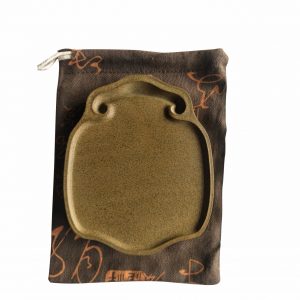 Special feature of the stone: Eel Yellow Caviar She stone from Ji Yuan mine. 济源坑鳝鱼黄鱼子. Ji Yuan mine is one of the four most famous inkstone mines in China.
Special feature of the stone: Eel Yellow Caviar She stone from Ji Yuan mine. 济源坑鳝鱼黄鱼子. Ji Yuan mine is one of the four most famous inkstone mines in China.$450.00$300.00 (USD)$450.00$300.00 (USD)
Brand: inkston
Materials: She Inkstone Speckled “Eel Yellow Caviar” (Ji Yuan Mine)
Recommend to: Advanced Level, Professionals
Suitable for: Calligraphy, Chinese Painting
Product Size: 12.6 x 10.5 x 1.6 cm
Sale!
Speckled “Yellow Caviar” hand-carved She Inkstone
$450.00$300.00 (USD)
Add
Speckled “Yellow Caviar” Round hand-carved She Inkstone
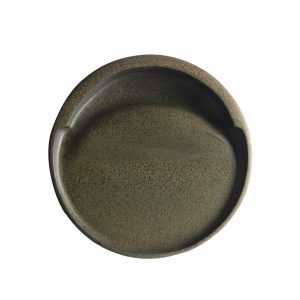 10.2cm/4" diameter round hand carved professional Inkstone Special feature of the stone: Eel Yellow Caviar She stone from Ji Yuan mine. 济源坑鳝鱼黄鱼子. Ji Yuan mine is one of the four most famous inkstone mines in China.
10.2cm/4" diameter round hand carved professional Inkstone Special feature of the stone: Eel Yellow Caviar She stone from Ji Yuan mine. 济源坑鳝鱼黄鱼子. Ji Yuan mine is one of the four most famous inkstone mines in China.$480.00$310.00 (USD)$480.00$310.00 (USD)
Brand: inkston
Materials: She Inkstone Speckled “Eel Yellow Caviar” (Ji Yuan Mine)
Recommend to: Advanced Level, Professionals
Suitable for: Calligraphy, Chinese Painting
Product Size: 10.2 x 10.2 x 2 cm
Sale!
Speckled “Yellow Caviar” Round hand-carved She Inkstone
$480.00$310.00 (USD)
Add
Speckled “Green Caviar” (Ji Yuan Mine)
Green caviar pattern Round hand-carved She inkstone
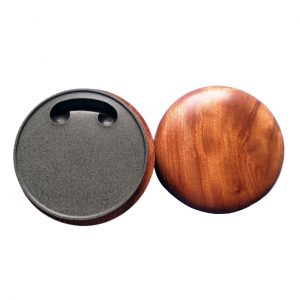 11.5cm/4.5" diameter round hand carved professional Inkstone in hand carved camphorwood box Stone: 歙砚 She inkstone from 济源坑 Ji Yuan mine: one of the four most famous inkstone mines in China Stone pattern: 青鱼子 Green Caviar (natural specked markings) $680.00 (USD)
11.5cm/4.5" diameter round hand carved professional Inkstone in hand carved camphorwood box Stone: 歙砚 She inkstone from 济源坑 Ji Yuan mine: one of the four most famous inkstone mines in China Stone pattern: 青鱼子 Green Caviar (natural specked markings) $680.00 (USD)
$680.00 (USD)
Brand: inkston
Materials: She Inkstone Speckled “Green Caviar” (Ji Yuan Mine)
Packaging: Handmade Fine Camphorwood Box
Recommend to: Professionals
Suitable for: Calligraphy, Chinese Painting
Product Size: 11.5 x 11.5 x 3 cm
Green caviar pattern Round hand-carved She inkstone
$680.00 (USD)
Add
Rippling waves pattern (new Mine)
Rippling Wave pattern hand-carved She inkstone
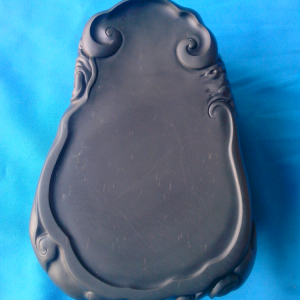 Special Note: These pieces are made to order and take 2 weeks to prepare. The price is according to the type and size/weight of stone, if you have special requirements, please specify and we will make a new quotation for you.$350.00 (USD)
Special Note: These pieces are made to order and take 2 weeks to prepare. The price is according to the type and size/weight of stone, if you have special requirements, please specify and we will make a new quotation for you.$350.00 (USD)
$350.00 (USD)
Brand: inkston
Materials: She Inkstone Rippling waves pattern (new Mine)
Recommend to: Advanced Level, Medium Level, Professionals
Suitable for: Calligraphy, Chinese Painting
Rippling Wave pattern hand-carved She inkstone
$350.00 (USD)
Add
Golden shadow (new Mine)
Flowers Golden shadow pattern hand-carved She inkstone
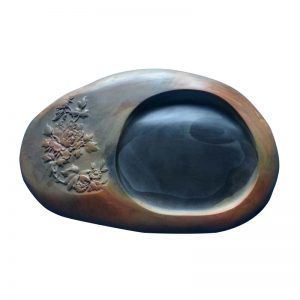 Special feature of the stone: new mine stone with natural golden shadow colouring. Hand carved and detailed with flowers.$580.00 (USD)
Special feature of the stone: new mine stone with natural golden shadow colouring. Hand carved and detailed with flowers.$580.00 (USD)
$580.00 (USD)
Brand: inkston
Materials: She Inkstone Golden shadow (new Mine)
Recommend to: Advanced Level, Professionals
Suitable for: Calligraphy, Chinese Painting
Product Size: 28 x 17.5 x 3 cm
Flowers Golden shadow pattern hand-carved She inkstone
$580.00 (USD)
Add
River scene Golden shadow pattern hand-carved She inkstone
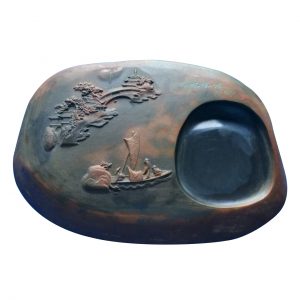 Special feature of the stone: new mine stone with natural golden shadow colours. Hand-carved with scene of boat, bridge, trees.$560.00 (USD)
Special feature of the stone: new mine stone with natural golden shadow colours. Hand-carved with scene of boat, bridge, trees.$560.00 (USD)
$560.00 (USD)
Brand: inkston
Materials: She Inkstone Golden shadow (new Mine)
Recommend to: Advanced Level, Professionals
Suitable for: Calligraphy, Chinese Painting
Product Size: 24 x 16 x 5 cm
River scene Golden shadow pattern hand-carved She inkstone
$560.00 (USD)
Add
River scene2 Golden shadow pattern hand-carved She inkstone
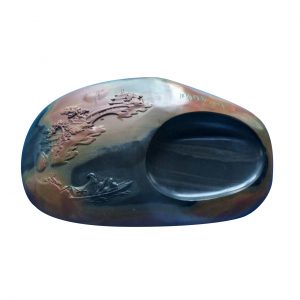 Special feature of the stone: new mine stone with natural golden shadow colours. Hand-carved with scene of boat, bridge, trees.$680.00 (USD)
Special feature of the stone: new mine stone with natural golden shadow colours. Hand-carved with scene of boat, bridge, trees.$680.00 (USD)
$680.00 (USD)
Brand: inkston
Materials: She Inkstone Golden shadow (new Mine)
Recommend to: Advanced Level, Professionals
Suitable for: Calligraphy, Chinese Painting
Product Size: 26 x 15 x 5 cm
River scene2 Golden shadow pattern hand-carved She inkstone
$680.00 (USD)
Add
Crazed vein pattern (Ancient Mine)
Ancient mine crazed-vein pattern hand-carved She inkstone
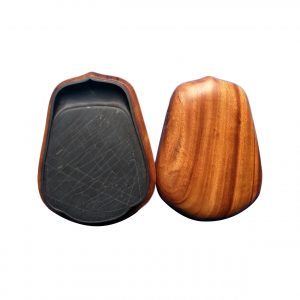 Special feature of the stone: precious ancient mine high grade She inkstone. The stone itself has natural vein pattern.$1.100.00 (USD)
Special feature of the stone: precious ancient mine high grade She inkstone. The stone itself has natural vein pattern.$1.100.00 (USD)
$1.100.00 (USD)
Brand: inkston
Materials: She Inkstone Crazed vein pattern (Ancient Mine)
Packaging: Handmade Fine Camphorwood Box
Recommend to: Professionals
Suitable for: Calligraphy, Chinese Painting
Product Size: 13.5 x 9.6 x 2 cm
Ancient mine crazed-vein pattern hand-carved She inkstone
$1.100.00 (USD)
Add
Gold fleck pattern (new Mine)
Gold fleck pattern hand-carved She inkstone
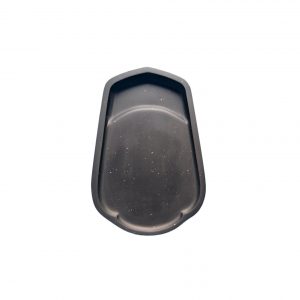 Special feature of the stone: new mine stone with natural "gold" flecks 金星. The flecks are not gold, instead it is brownish flecks on the natural stone. Extra customization service: for carving poems/ signatures in Chinese, please contact inkston. The extra service fee is normally 50 USD.
Special feature of the stone: new mine stone with natural "gold" flecks 金星. The flecks are not gold, instead it is brownish flecks on the natural stone. Extra customization service: for carving poems/ signatures in Chinese, please contact inkston. The extra service fee is normally 50 USD.$400.00$330.00 (USD)$400.00$330.00 (USD)
Brand: inkston
Materials: She Inkstone Gold fleck pattern (new Mine)
Recommend to: Advanced Level, Professionals
Suitable for: Calligraphy, Chinese Painting
Product Size: 12.8 x 8.5 x 2.8 cm
Sale!
Gold fleck pattern hand-carved She inkstone
$400.00$330.00 (USD)
Add
Smooth vein pattern (new Mine)
Floral decoration Smooth vein hand-carved She inkstone
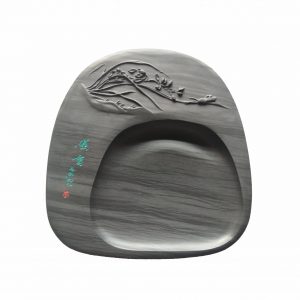 $130.00 (USD)
$130.00 (USD)
$130.00 (USD)
Brand: inkston
Materials: She Inkstone smooth vein pattern (new mine)
Packaging: Wood Box
Recommend to: Advanced Level, Beginners, Medium Level, Professionals
Suitable for: Calligraphy, Chinese Painting
Product Size: 14.6 x 14.2 x 3 cm
Floral decoration Smooth vein hand-carved She inkstone
$130.00 (USD)
Add
Smooth vein hand-carved She inkstone in fitted wooden box
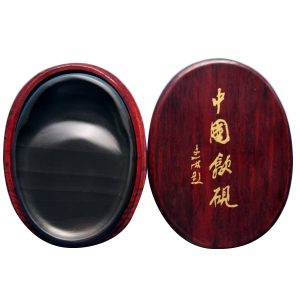 Special feature of the stone: new mine She inkstone with natural veins.$130.00 (USD)
Special feature of the stone: new mine She inkstone with natural veins.$130.00 (USD)
$130.00 (USD)
Brand: inkston
Materials: She Inkstone smooth vein pattern (new mine)
Packaging: Wood Box
Recommend to: Advanced Level, Beginners, Medium Level, Professionals
Suitable for: Calligraphy, Chinese Painting
Product Size: 12.8 x 9 x 2.6 cm
Smooth vein hand-carved She inkstone in fitted wooden box
$130.00 (USD)
Add
Ready-made and entry level inkstones
INKSTON Rectangular Inkstone without Cover
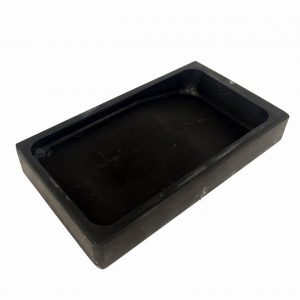 Rectangular inkstone made with natural stone, available in a range of sizes: 8" - 8 inch diameter (20 * 13.5 * 2.8 cm), 1330g 7" - 7 inch diameter (18 * 12 * 2.5 cm), 1250g 6" - 6 inch diameter (15 * 8.5 * 2.5 cm), 550g 5" - 5 inch diameter (13 * 7.5 * 2 cm), 392g$14.70 – $22.15 (USD)
Rectangular inkstone made with natural stone, available in a range of sizes: 8" - 8 inch diameter (20 * 13.5 * 2.8 cm), 1330g 7" - 7 inch diameter (18 * 12 * 2.5 cm), 1250g 6" - 6 inch diameter (15 * 8.5 * 2.5 cm), 550g 5" - 5 inch diameter (13 * 7.5 * 2 cm), 392g$14.70 – $22.15 (USD)
$14.70 – $22.15 (USD)
Brand: inkston
Packaging: Blue card box
INKSTON Rectangular Inkstone without Cover
Rated 5.00 out of 5
$14.70 – $22.15 (USD)
Choose
INKSTON Special Designed 5 inches Round Inkstone With Cover
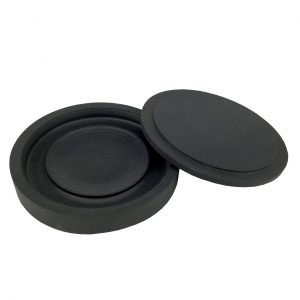 Hand crafted with natural stone. It has special design on the bottom and it forms a special ink tank inside the inkstone.$18.60 (USD)
Hand crafted with natural stone. It has special design on the bottom and it forms a special ink tank inside the inkstone.$18.60 (USD)
$18.60 (USD)
Brand: inkston
Packaging: Blue card box
Product Size: 12 x 12 x 2.3 cm
Product Weight: 576
Shipping size: 13 x 13 x 3 cm
INKSTON Special Designed 5 inches Round Inkstone With Cover
$18.60 (USD)
Add
Old Hu Kai Wen Handmade SheYan Inkstone
 Net Weight: 1.5 Kg * approx. Size: 20 * 16 * 2.7 cm Material: She Ink Stone Packaging: Blue Silk Lined Box Handcrafted by Old Hu Kai Wen Special Features: this inkstone is selected and handcrafted by Old Hu Kai Wen factory. The stone is made with fine authentic she inkstone. The stone surface is very smooth and very good…$59.00 (USD)
Net Weight: 1.5 Kg * approx. Size: 20 * 16 * 2.7 cm Material: She Ink Stone Packaging: Blue Silk Lined Box Handcrafted by Old Hu Kai Wen Special Features: this inkstone is selected and handcrafted by Old Hu Kai Wen factory. The stone is made with fine authentic she inkstone. The stone surface is very smooth and very good…$59.00 (USD)
$59.00 (USD)
Brand: inkston
Materials: She inkstone
Packaging: Blue silk-lined card box
Product Weight: 1500
Shipping size: 25 x 19 x 5 cm
Old Hu Kai Wen Handmade SheYan Inkstone
$59.00 (USD)
Add
Old Hu Kai Wen Round Inkstone with Cover
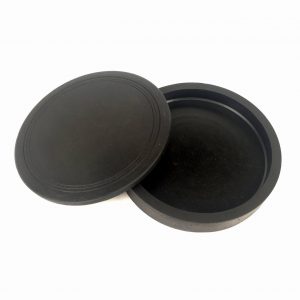 Round shape inkstone made with natural stone with a specially made stone cover, available in a range of sizes: 8" - 8 inch diameter (20.5 * 20.5 * 3.8 cm), 1930g 7" - 7 inch diameter (17.5 * 17.5 * 3.5 cm) , 1510g 6" - 6 inch diameter (15.2 * 15.2 * 2.8 cm), 1040g 5" - 5 inch diameter (12 *…$14.70 – $26.11 (USD)
Round shape inkstone made with natural stone with a specially made stone cover, available in a range of sizes: 8" - 8 inch diameter (20.5 * 20.5 * 3.8 cm), 1930g 7" - 7 inch diameter (17.5 * 17.5 * 3.5 cm) , 1510g 6" - 6 inch diameter (15.2 * 15.2 * 2.8 cm), 1040g 5" - 5 inch diameter (12 *…$14.70 – $26.11 (USD)
$14.70 – $26.11 (USD)
Brand: inkston
Packaging: Blue card box
Old Hu Kai Wen Round Inkstone with Cover
Rated 5.00 out of 5
$14.70 – $26.11 (USD)
Choose
Smooth vein hand-carved She inkstone in fitted wooden box
 Special feature of the stone: new mine She inkstone with natural veins.$130.00 (USD)
Special feature of the stone: new mine She inkstone with natural veins.$130.00 (USD)
$130.00 (USD)
Brand: inkston
Materials: She Inkstone smooth vein pattern (new mine)
Packaging: Wood Box
Recommend to: Advanced Level, Beginners, Medium Level, Professionals
Suitable for: Calligraphy, Chinese Painting
Product Size: 12.8 x 9 x 2.6 cm
Smooth vein hand-carved She inkstone in fitted wooden box
$130.00 (USD)
Add
Read more about Inkstones
We also had a good book recommendation for those wanting to learn more: The Social Life of Inkstones – Artisans and Scholars in Early Qing China by DOROTHY KO
